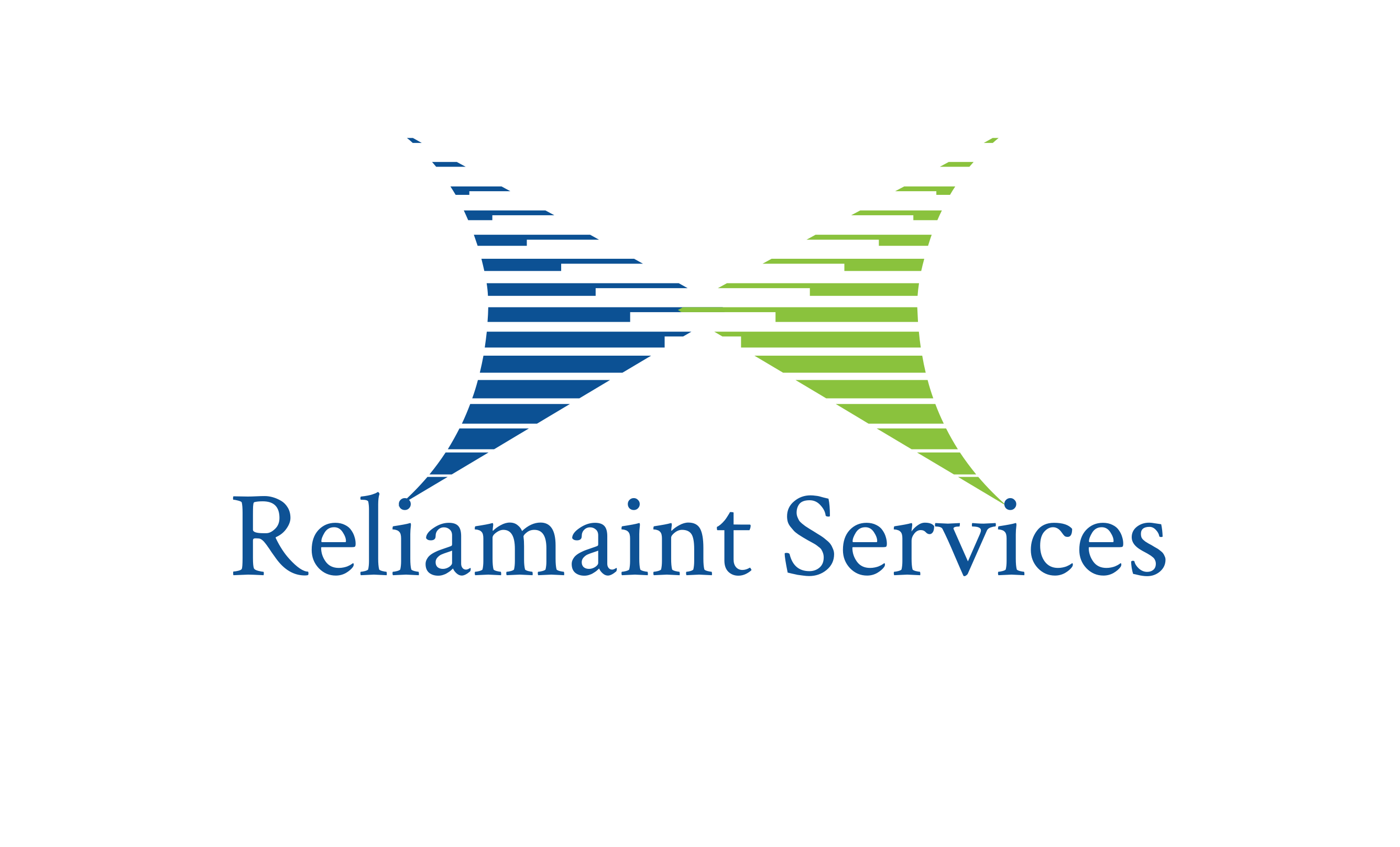Management
What is CMMS Functions and Utility.html
- 29 Jan. 2025
- 05 min read
What is CMMS Functions and Utility
- Efficiency: CMMS automates tasks, reducing human error and improving operational efficiency compared to manual processes.
- Real-Time Updates: Provides real-time data on work orders, equipment status, and inventory, unlike delayed updates in spreadsheets.
- Scalability: Easily handles growing data and maintenance needs, which becomes cumbersome with spreadsheets.
- Centralized Data: All maintenance data is centralized, improving accessibility and collaboration, unlike scattered manual records.
Work Order Management
- Automation: Automatically generates work orders based on triggers like equipment breakdown or preventive maintenance schedules.
- Tracking: Real-time tracking of work order status, technician assignments, and completion, improving accountability.
- Efficiency: Reduces paperwork and manual updates, ensuring faster response times and smoother workflows.
- Comprehensive Logs: Maintains detailed records of each work order, allowing easy access for audits and performance reviews.
Preventive Maintenance Scheduling
- Automated Scheduling: Set up maintenance tasks based on time, usage, or condition to prevent equipment failures.
- Proactive Approach: Helps avoid reactive maintenance, reducing downtime and emergency repair costs.
- Alerts and Notifications: Sends reminders for upcoming maintenance tasks, ensuring nothing is missed.
- Extended Equipment Life: Regular maintenance extends the lifespan of equipment, improving reliability.
Asset and Equipment Management
- Centralized Records: Maintains detailed records of asset history, including warranties, service logs, and performance data.
- Informed Decisions: Helps in making better decisions on repairs, replacements, and upgrades.
- Monitoring: Tracks equipment health, usage, and performance trends, identifying potential issues early.
- Accessibility: Provides easy access to asset information for all stakeholders, ensuring better coordination.
Inventory and Spare Parts Management
- Real-Time Tracking: Tracks inventory levels and spare parts usage, preventing stockouts and overstocking.
- Automatic Reordering: Triggers reorders when stock reaches a set threshold, ensuring availability of critical parts.
- Usage Insights: Monitors parts consumption across work orders, optimizing inventory management.
- Minimized Downtime: Ensures necessary parts are always on hand, reducing delays in maintenance activities.
Reporting and Analytics
- Real-Time Insights: Provides real-time data on maintenance costs, performance, and resource utilization.
- Custom Reports: Generates reports on KPIs such as MTTR, MTBF, and equipment downtime.
- Predictive Maintenance: Identifies potential equipment failures before they happen, shifting from reactive to proactive maintenance.
- Cost Optimization: Analyzes data to help reduce maintenance costs and improve asset reliability.
Mobile Access and Remote Management
- Field Access: Allows technicians to access and update work orders directly from mobile devices while on-site.
- Instant Updates: Real-time access to asset details, work order status, and parts availability.
- Paperless Tracking: Eliminates the need for paper-based systems, improving accuracy and reducing delays.
- Enhanced Efficiency: Technicians can capture photos, scan barcodes, and log updates instantly, streamlining operations.
Compliance and Audit Trails
- Automatic Logs: Maintains detailed logs of all maintenance activities for easy access during audits.
- Compliance Tracking: Ensures all maintenance is documented, helping meet industry regulations and standards.
- Stored Documentation: Keeps certificates, safety records, and regulatory checks centralized for easy retrieval.
- Risk Reduction: Reduces the risk of non-compliance penalties and improves safety through accurate record-keeping.
Cost Control and Budget Management
- Expense Tracking: Tracks labor, parts, and equipment costs in real-time, ensuring accurate budget control.
- Cost Trends: Analyzes maintenance costs over time to identify areas for cost reduction.
- Budget Optimization: Helps prevent overspending by providing data on where resources are being used inefficiently.
- Data-Driven Decisions: Supports financial decision-making by providing clear insights into maintenance expenses.
Integration with Other Systems
- Seamless Data Flow: Integrates with ERP, procurement, and IoT systems to centralize maintenance data across departments.
- Improved Coordination: Ensures that maintenance data is available across all relevant systems, reducing silos.
- Automated Processes: Syncs with inventory and procurement systems to streamline reordering and parts availability.
- IoT Integration: Leverages real-time data from IoT sensors for condition-based monitoring and predictive maintenance.
About ReliaMaint
Stay tuned to for insights on asset reliability and maintenance management..

Neeraj Kumar
CEO & Co-Founder
Recent Posts
Planning and Scheduling in Equipment Maintenance.
What CEOs Need to Know About Physical Asset Management.
CMMS.. a catalyst for reliability culture
How Data Driven Process of Reliability and Maintenance can enhance Asset Performance.
Categories
Tags
Newsletter
Contact us
Contact us to Know more on these Topics.
Send